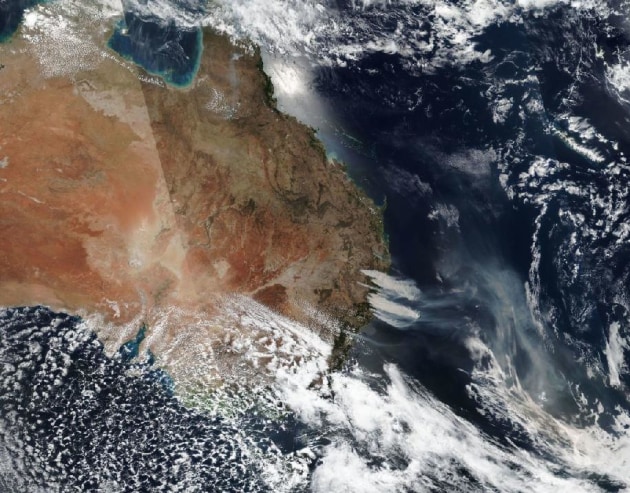The ADF is working with emergency services to assist with firefighting efforts in north-eastern NSW.
On Sunday, a RAAF 737 Boeing Business Jet transported ACT Rural Fire Service firefighters from Canberra, and RAAF C-130J aircraft have flown firefighters and equipment from Adelaide and Hobart to Port Macquarie.
Singleton Army Barracks in New South Wales is on standby to provide accommodation and catering support to firefighters from the Victorian Country Fire Authority, and Queensland Fire and Emergency Service are using Kokoda Barracks in Canungra to refuel aircraft assisting with the bushfire fighting efforts.
Defence has embedded planners into Queensland State Disaster Coordination Centres and NSW Rural Fire Service headquarters, and is also working with Emergency Management Australia to support further air transport requests and is identifying what other ADF capabilities can be used if requested.
"While our ADF personnel are not trained firefighters, they can provide other support at times of need," Minister for Defence Linda Reynolds said. "As the former Minister for Emergency Management, last bushfire season I saw firsthand the devastating impact that natural disasters have on communities."
"I have asked Chief of the Defence Force, General Angus Campbell to give an order to local base commanders, making clear that they have the authority to use Defence resources to respond to any local contingencies," Minister Reynolds said.
The greater Sydney and greater Hunter regions are currently under a 'catastrophic' fire warning for the first time ever under the warning system brought in a decade ago. Today's forecast is approaching 40 degrees with strong winds, fanning flames that have killed three people and destroyed over 150 homes.
The NSW Government has declared a state of emergency to remain in place for seven days. Firefighters have flown in from NZ to assist Australian crews.
According to the Bureau of Meteorology, Australia's climate has warmed by 1 degree Celsius since 1910, and May–July rainfall across the south east of the continent has dropped by around 20 per cent since 1970.



